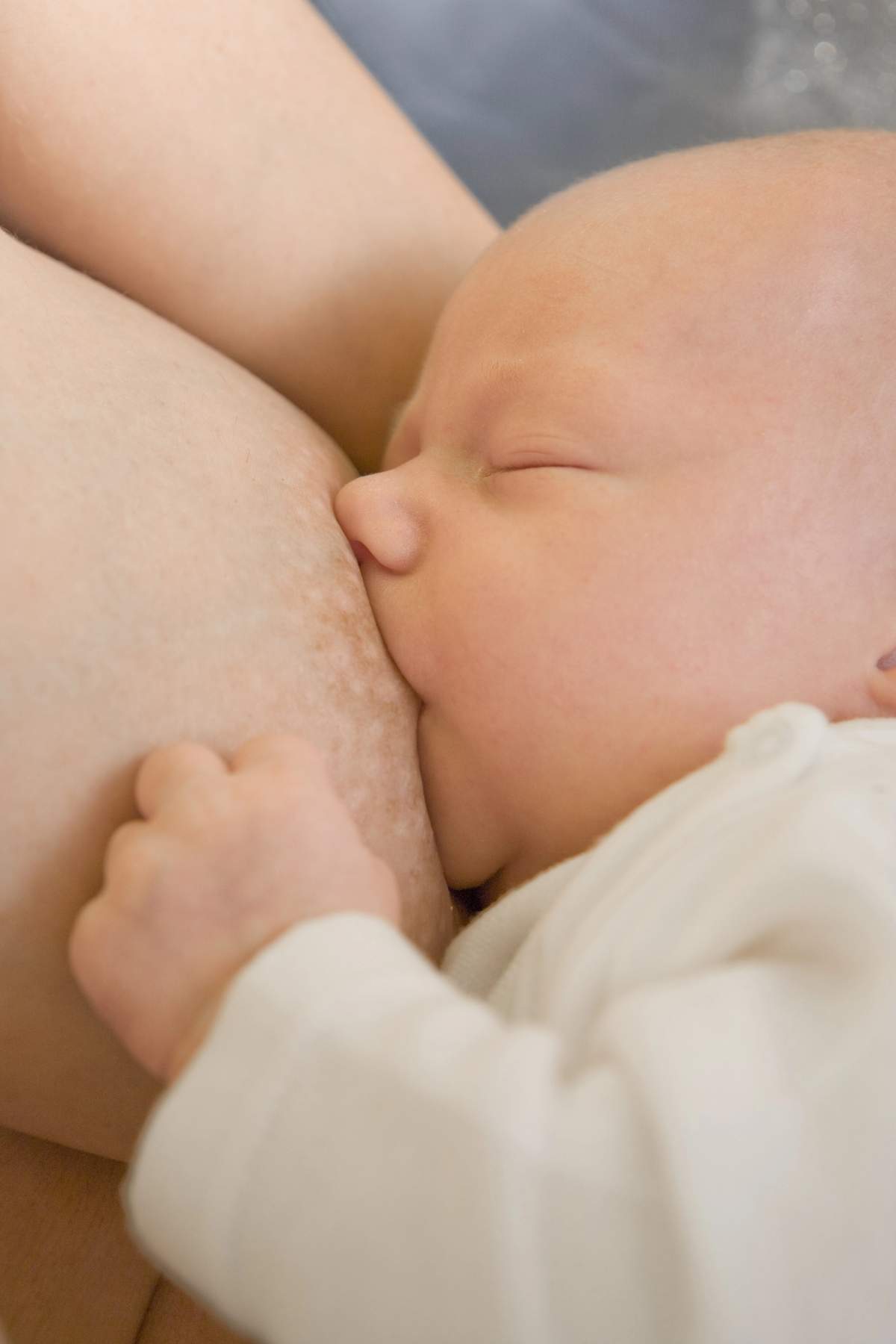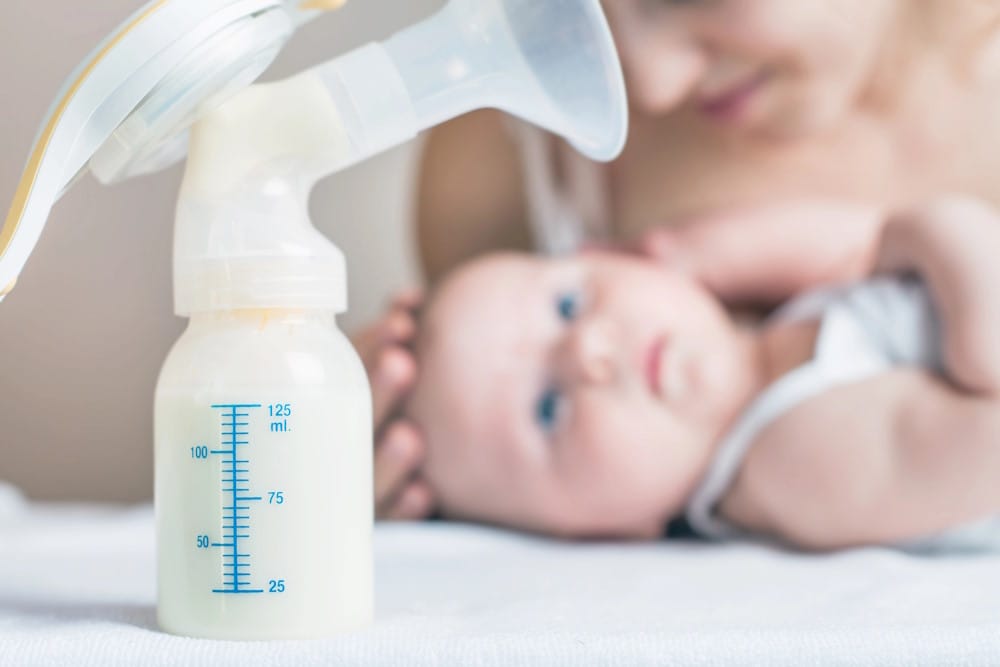Nipple Cream
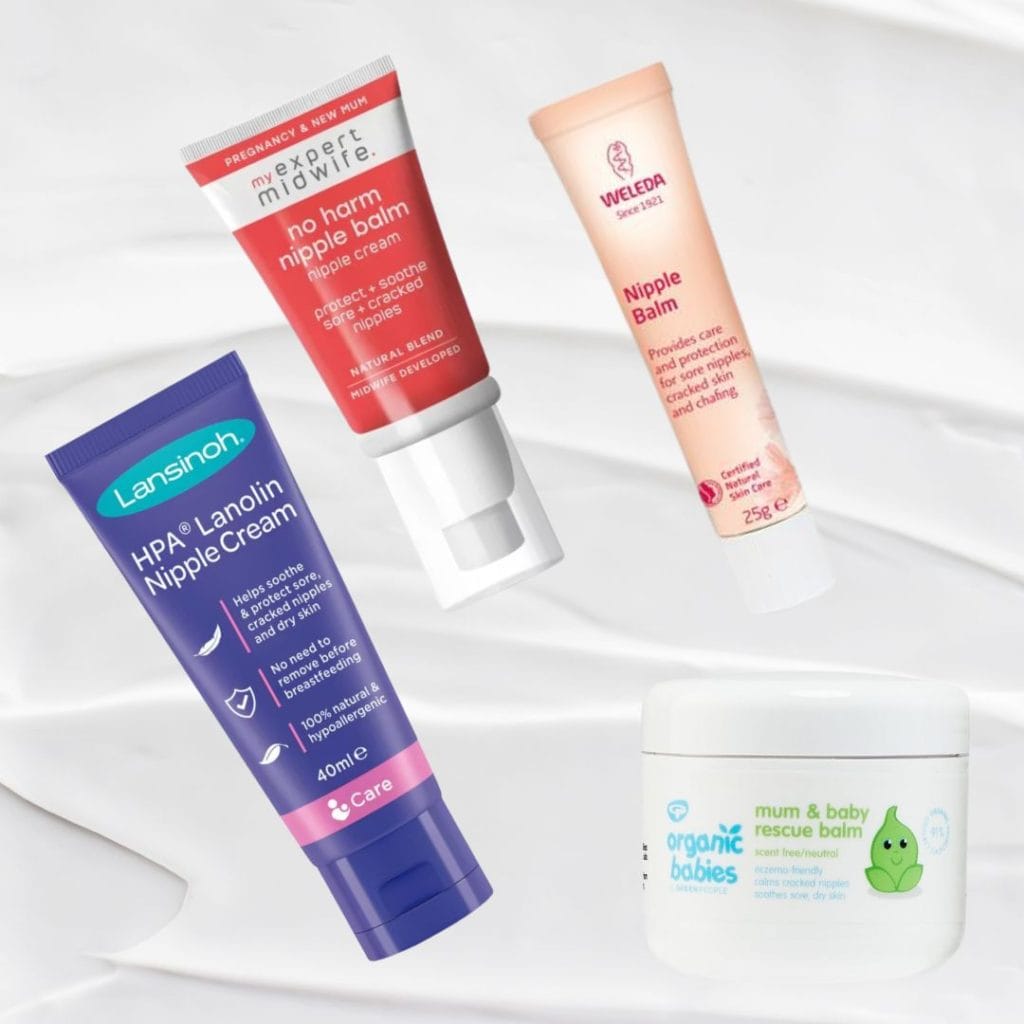
Nipple cream is a product that you put on your nipples that is designed to provide relief and care for sore, cracked, or dry nipples.
Breastfeeding can lead to discomfort, and nipple creams can help soothe the skin, promote healing, and maintain skin hydration.
Many nipple creams are made from natural ingredients, such as lanolin, which is known for its moisturising properties. Lanolin is produced by sheep’s skin and is collected from wool. The lanolin is processed to remove pesticides that may have been used on the sheep and in many cases is suitable to use even if you have a wool allergy.
Some formulations are lanolin free and may also be free from fragrance, preservatives, and other additives to minimize the risk of irritation. It’s important to choose a nipple cream that is safe for both you and your baby. In most cases the products are specifically formulated to be safe even if ingested during breastfeeding.
Sore or Cracked Nipples
If you’re experiencing discomfort, soreness, or cracks on your nipples, applying nipple cream can provide relief and promote healing. It is however really important to address the underlying reason for the pain or the cause of the damage as without addressing the issue soreness will usually continue. Often damage and pain is caused by issues with latch. For guidance on improving the latch you may find this video helpful.
Dryness
If your nipples feel dry or irritated, using a nipple cream can help moisturise the area and prevent further irritation.
When to apply nipple cream
Applying nipple cream after breastfeeding can help soothe the skin and keep it hydrated, particularly if you’ve experienced any soreness during feeds. If needed you can also apply nipple cream between feeds. It is recommended to wash and dry your hands prior to applying nipple cream, especially if your skin is broken.
Should I remove nipple cream before breastfeeding?
The majority of nipple creams are suitable for your baby to ingest so from that perspective there is no need to remove the cream. However, in many cases the creams can be slippery or not have fully absorbed into the skin. In this situation I would encourage you to remove the cream with some water or a baby wipe as this can prevent your baby from sliding on your breast.
Can i use nipple cream when pumping
If you are pumping breast milk, using nipple cream can help protect and soothe your skin from the friction of the pump. However, if you are experiencing pain with pumping then you should check that you are using an appropriately sized pumping flange as that can be the cause of discomfort.
As breasts change through your feeding journey it may be necessary to change your flange size so do not discount this if you have previously been pumping without discomfort. You may also need a different flange size for each breast. If you are using a nipple cream whilst pumping then please ensure it is considered safe for ingestion by your newborn.
Alternatives to Nipple Cream
The absolute best option for an alternative to nipple cream is completely free! Applying a few drops of your own breast milk or colostrum to your nipples can be soothing and can promote healing due to its natural antibodies. You can let this air dry on your skin prior to covering your breasts.
Cooling Pads
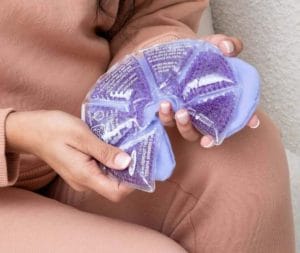
A cool compress may also provide relief from discomfort. You can use a cool cloth or a product specifically designed to be placed in the fridge such as Lanisoh therapy pads.
Hydrogel Dressings
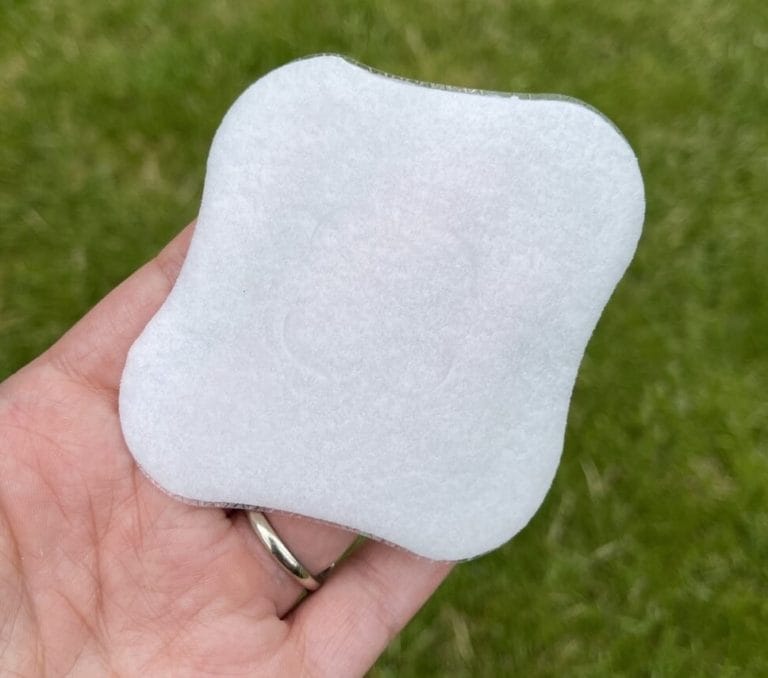
A hydrogel dressing can also be used for cooling relief. Some mothers find the relief from the coolness of the hydrogel very beneficial and it may also serve as a barrier if your skin is uncomfortable from your clothing touching against it.
Some women also chose to store the pad in the fridge between uses.
If your nipple skin is cracked then hydrogel pads can promote moist wound healing which can speed skin repair. Many hydrogel pads will not absorb breast milk so if you are leaking milk then you may need to use a breast pad to protect your clothing. Generally the same pad is worn for a 24 hour period but you may need to replace your hydrogel pad more frequently if you are leaking a lot of milk. If your skin is broken then most manufacturers are now suggesting rinsing your breast before and after using the hydrogel dressing. If a dressing becomes difficult to remove then you can soak it in clean water to help it release from your skin.
Hydrogel pads should not be used if your skin is infected or if you experience Raynaud’s syndrome or vasospasm.
Allergies can also occur with both hydrogel pads and nipple creams. Their use should be discontinued if you experience any redness or rash from the hydrogel pad.
Silver Cups

Silver nipple shells are designed to help with sore or cracked nipples. They are typically made of surgical-grade silver, which has natural antibacterial properties. Silver is naturally antimicrobial, antifungal and antibacterial with anti-inflammatory properties.
The shells cover the nipple and areola, providing a barrier against friction and irritation from clothing or breast pads. This can help protect sore or cracked nipples during the healing process. Silver cups can help prevent infection in any cracks or sores on the nipples, promoting healing.
Silver nipple shells are typically contoured to fit comfortably against the breast. They can often be worn under clothing without being noticeable. The hard shell allows for some airflow while keeping the area somewhat moist, which can help create a healing environment for sore nipples.
It is not recommended to sterilise silver cups but they should be washed in warm soapy water prior to first use and between uses. They should also be dried well.
While silver can have benefits, everyone’s skin is different. Be aware of any adverse reactions and discontinue use if redness or irritation occurs.
Sign up for free tips and advice

Get my video guide to
breastfeeding positions
Plus
just for signing up
Tell me when your baby is due or when they were born so that I can send you the most relevant tips
Should I use nipple cream to repair cracked nipple skin?
If your nipples are cracked, but not infected, I encourage families to use either lanolin creams or a hydrogel dressing. Both these methods promote moist wound healing which speeds skin repair.
Seek Help
Often nipple soreness can be resolved by improving your baby’s position and latch to your breast. If you are experiencing discomfort I recommend seeking the support of a breastfeeding specialist.
Always ensure that any product used is safe for breastfeeding and consult your healthcare provider if you have concerns.


